We helped a large asset manager in the Netherlands digitise their business to enhance their analytics and visualisation capabilities. Ultimately, we developed a roadmap through a series of design sprints to better determine their organisational needs. This roadmap allowed us to create a process that allowed for innovative solutions to come to the surface while keeping a focus on business value.

The Challenge
Our client first approached us to help develop a roadmap to digitise their business. However, digitalising a business requires a shared understanding of the driving factors behind the transformation and overall strategic purpose. Once these factors are established and agreed on, the roadmap can be designed in such a way that the planned activities can be measured against the strategic gains.
Since digitalisation covers a broad scope, it was necessary to translate what this means to our client. This included how it could provide maximum value to their investment management and business management teams. Through a series of interviews and intakes, we concluded that they needed to develop their analytics and visualisations tooling and capabilities to deliver on their digital ambitions.
After the goals were aligned, a key challenge was to consolidate the needs of 23 investment teams located across Europe, North America, and Asia. We took an innovative approach of having four separate groups of design sprints over five days. Dividing the sprints allowed for a large group of stakeholders to quickly consolidate their ambitions into a single roadmap.
The Approach
We started with an intake session to discuss their ambitions to digitise their business. This was followed by a series of design sprints to determine the needs and objectives to deliver upon the vision set out by our client. Typical ADC design sprints involve 12 people working together over two days to arrive at a solution. However, with 23 different teams and over 50 people involved across several continents, we needed to find a different approach for this project.
We divided the process into two parts. The first part included everyone working together to translate the vision into potential solutions over the course of one day. When ideating, it is important to start with a strong foundational understanding of the organisation. It was necessary to include as many teams as possible in the first day to align on the direction. The second part was broken up into four groups that each spent one day sketching tangible solutions. The groups aggregated their outputs into designs that were presented to the entire team in an online vote to arrive at a prioritised roadmap.
Within eight weeks, we produced a roadmap consolidating the needs of over 50 stakeholders. This integrated roadmap determined which analytics our client should prioritise given their current constraints, such as resources. Overall, it allowed us to create a process that realised the desired changes and the related governance, while being mindful of investing the time of scarce resources towards initiatives that have the highest value.
The Solutions
The initial solution was to deliver the roadmap that would provide the asset manager with exactly what they needed to execute on their digitalisation process for several years. However, our client quickly realised that they required further assistance, as their digitalisation ambitions were beyond their current execution capacity. Consequently, they gave the ADC team the opportunity to put the roadmap in motion and realise some of the initiatives to relieve resource constraints.
To expedite the transformation, we helped them leverage the “self-service domain”. This allowed the business teams to contribute towards the initiatives while simultaneously developing capabilities that were needed for their envisioned future way of working. The self-service domain allows the company to test different ideas without interfering with their day-to-day business activities. When an approach works, we scale it up and implement it in a more structural solution.
Overall, the roadmap connects the asset manager’s top-down vision to bottom-up execution while highlighting synergies and blind spots. Additionally, the innovation process allows them to limit the scope creep through a series of quick go/no-go check points. This can be done while using the gained experiences to inform on future needs.
Impact for the Client
Our unique process allowed our client to connect vision and strategy with agile execution and planning. It also provided our team at ADC with an idea of the skills, tooling, and analytics to deliver on their digital vision which further strengthened the roadmap. By considering these aspects upfront, we kept the execution strategically focused.
Additionally, optimising time and resources is one of the primary deciding factors of whether a digitalisation program is successful. As a result, it was important to optimise the time spent with each team in the company. These teams have limited amounts of time and resources to spare. Consequently, we had to ensure that we were using them efficiently to achieve the desired solutions.
Overall, the stakeholders at the asset management company expressed that we brought an innovative process. This helped them make progress to digitise their business quicker than with more traditional routes.
Learnings
This project demonstrates the importance of developing a digital strategy first in an organisational transformation. Once the value of what you are trying to achieve is determined, the technology conversations become straight forward. However, if a project starts with discussing the technology and competencies, it is easy to lose sight of the overall goals.
At ADC, one of our defining factors is that we take a holistic view of digitalisation projects. This results in a more effective sustainable transformation.
Let’s shape the future
Do you want to know more? Get in touch with Govert van Koningsveld of Amsterdam Data Collective, or check our contact page.

Related Cases
What stage is your organisation in on its data-driven journey?
Discover your data maturity stage. Take our Data Maturity Assessment to find out and gain valuable insights into your organisation’s data practices.






